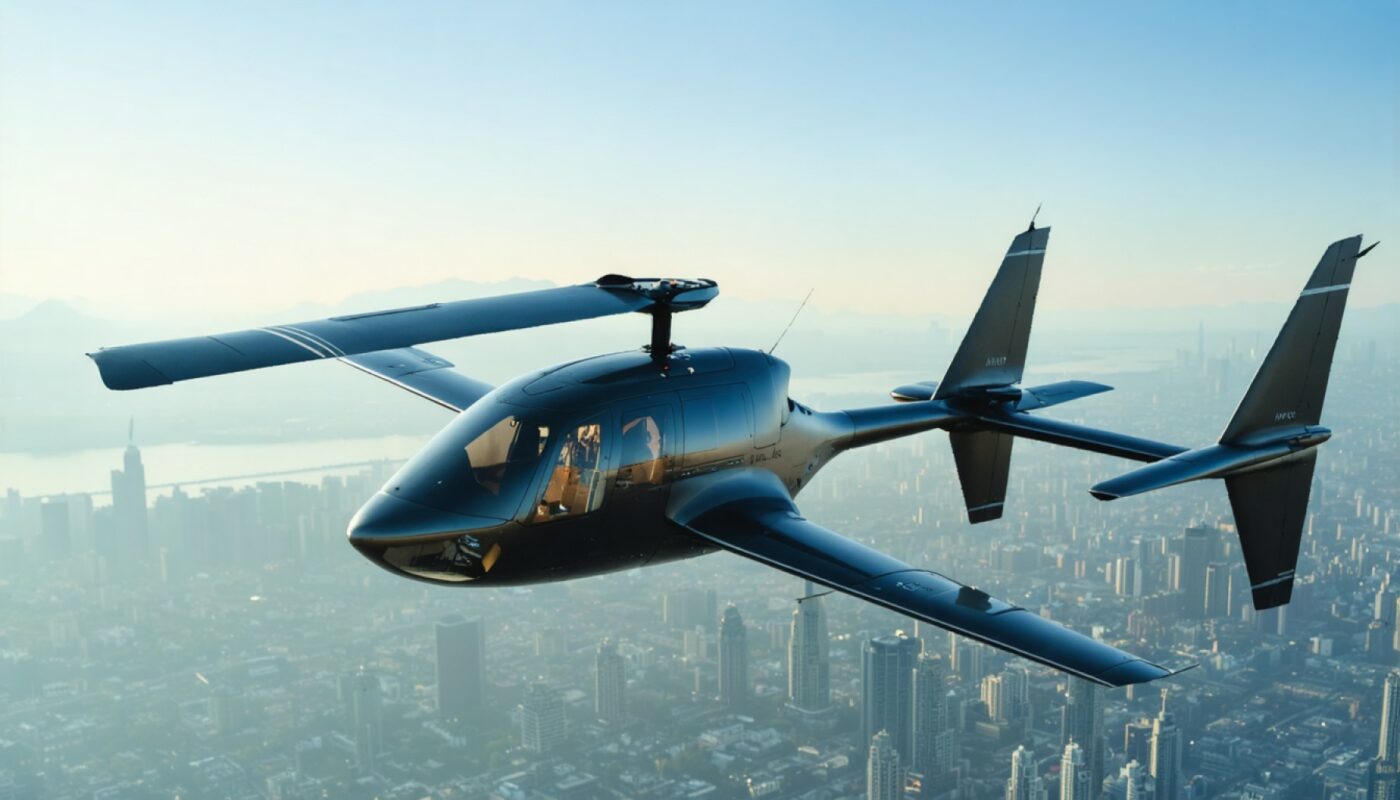|
Getting your Trinity Audio player ready...
|
Although some analysts expected future air mobility to experience major bumps in 2023, it was a year of surprising consistency and ongoing progress. Could 2024 be more complicated?

The future air mobility (FAM) industry, which includes electric vertical takeoff and landing (eVTOL) vehicles, surveillance and delivery drones, sustainable aviation, and supersonic and hypersonic aircraft, made substantial progress in 2023. Hundreds of companies pressed forward with ambitious plans to create exciting new technologies, vehicles, service offerings, and business models. New guidelines and regulations continued to emerge, early commercial drone deliveries increased around the globe, and some OEMs broke ground on new manufacturing sites and other infrastructure.
These developments helped keep optimism high in 2023 and encouraged continued FAM funding, surprising some industry experts who expected more modest gains. But progress must continue to maintain investor interest. In particular, the industry must try to resolve big questions that persist about the pace of technology advances, public acceptance, regulatory approval, and—perhaps most important—the overall economics of these new forms of mobility. With so much uncertainty about whether FAM might continue to see steady progress or follow a different trajectory, it is a good time to examine the industry’s greatest achievements in 2023 and look ahead to 2024.
Despite concerns, investors continued funding and the industry achieved major milestones in 2023
With economic and political uncertainties looming large in 2023, the FAM sector had a mixed year but still showed its resilience (exhibit). Investors signaled their continued interest by funneling $4.5 billion in disclosed funding into the market, bringing the cumulative total to $22.2 billion since 2004. Although this figure was 9 percent below the $4.9 billion raised in 2022, there were 151 funding deals within the FAM industry, more than double the number of 2022.

